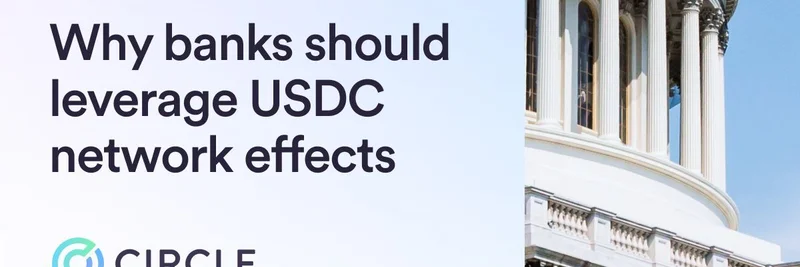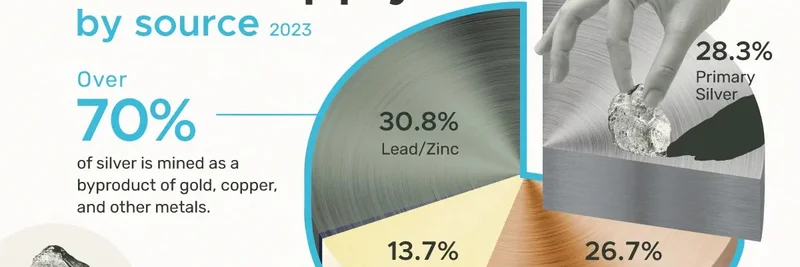In a recent tweet from Circle, the company behind the popular stablecoin USDC, they highlighted a key decision facing banks in the evolving world of digital assets: build your own stablecoin or partner with an established player like USDC. This comes at a time when regulations are shaping up to make stablecoins a staple in global finance.
The tweet points to their blog post, Exploring stablecoins: why banks should leverage network effects, not compete with them, where they dive deeper into this idea. Let's break it down in simple terms, especially for those in the blockchain space who might be wondering how this ties into meme tokens and broader crypto trends.
Understanding the GENIUS Act
First off, what's the GENIUS Act? It's a proposed piece of legislation in the US aimed at creating a clear regulatory framework for stablecoins. Stablecoins are cryptocurrencies pegged to stable assets like the US dollar, making them less volatile and ideal for payments and trading. The Act would require issuers to operate as standalone entities, ban them from paying interest or lending out reserves, and apply rules equally to banks and non-banks. This setup keeps stablecoins off banks' balance sheets, meaning they don't compete directly with traditional deposits.
The goal? To position stablecoins as reliable infrastructure for the financial system, much like how the internet became a backbone for communication. For banks, this means they can safely integrate stablecoins without worrying about regulatory pitfalls.
The Build vs. Partner Dilemma
Circle argues that banks shouldn't reinvent the wheel by creating their own proprietary stablecoins. Building one from scratch involves jumping through regulatory hoops, building liquidity, and achieving widespread adoption—all while setting up a separate subsidiary. Even white-labeled stablecoins (where a third party handles issuance but brands it for the bank) often fall short because they're stuck in closed systems, lacking the broad reach needed for real impact.
Instead, partnering with USDC offers instant access to a massive network. USDC is already the world's largest regulated stablecoin, with deep liquidity and global reach. It's like plugging into an existing highway rather than building a new road that might lead nowhere.
Benefits for Banks and the Blockchain Ecosystem
By teaming up with Circle and USDC, banks can:
Enable Faster Payments: Access 24/7 global rails for cross-border transfers, which is a game-changer for businesses dealing in international trade.
Connect to Tokenized Assets: USDC acts as a bridge to things like tokenized real estate or securities, opening doors to new revenue streams.
Improve Treasury Management: Banks can use USDC for better liquidity and efficiency in their operations.
For the crypto crowd, especially those into meme tokens, this matters because USDC is a go-to stablecoin in DeFi platforms where memes like Dogecoin or newer ones trade. Better bank integration means easier on-ramps for fiat to crypto, potentially boosting liquidity and adoption for meme projects. Imagine seamless swaps between USDC and your favorite meme coin without the usual hassles.
Why Network Effects Win
Network effects are when a product gets more valuable as more people use it—think Facebook or Uber. USDC's ecosystem is already buzzing with users, developers, and integrations across blockchains like Ethereum, Solana, and more. Banks jumping in can tap this immediately, avoiding the "cold start" problem where a new stablecoin struggles to gain traction.
Circle handles the heavy lifting: issuance, compliance, and operations. This lets banks focus on what they do best—innovating products for customers. In a world where fintechs and neobanks are quick to adopt crypto, traditional banks risk getting left behind if they don't act fast.
Wrapping It Up
Circle's message is clear: The GENIUS Act paves the way for collaboration, not competition. By leveraging USDC's network effects, banks can stay competitive, compliant, and connected to the future of finance. For blockchain practitioners and meme token enthusiasts, this could mean more stable, regulated pathways into the ecosystem, making it easier to build and trade.
If you're diving into meme tokens, keep an eye on how stablecoins like USDC evolve—they're the quiet giants supporting the wild rides in crypto. Check out the full blog for more details, and follow Circle on X for updates.



